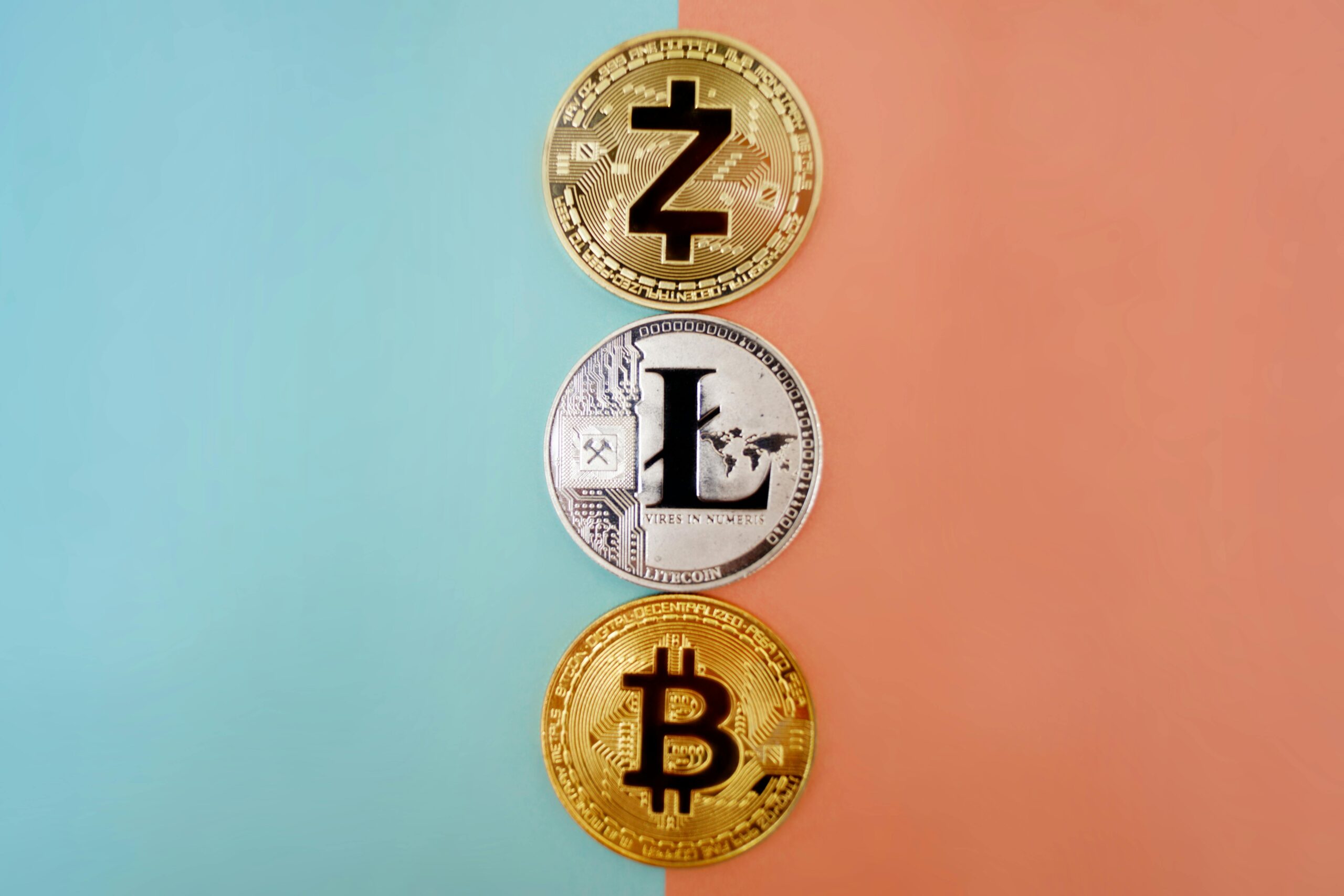In the dynamic and often volatile world of cryptocurrency, where new projects emerge and fade with the seasons, Litecoin (LTC) has remained a constant. Often dubbed “the silver to Bitcoin’s gold,” Litecoin is one of the oldest and most respected cryptocurrencies. But what exactly is it, why was it created, and does it still hold relevance in today’s crowded market?
The Origins: A Fork with a Purpose
Litecoin was created in 2011 by Charlie Lee, a former Google engineer. It wasn’t designed to be a radical, world-altering successor to Bitcoin. Instead, Lee’s vision was to create a lighter, faster complement to the pioneering cryptocurrency. He took Bitcoin’s open-source code and made several key technical adjustments to optimize it for everyday transactions and payments.
This makes Litecoin a “fork” of Bitcoin—not a contentious split in the community, but a software fork that created a new, separate blockchain with its own distinct features.
Key Differences: How Litecoin Improves on Bitcoin
While Litecoin shares Bitcoin’s core principles of decentralization and a limited supply, it differentiates itself in three crucial areas:
- Faster Transaction Speeds: Bitcoin’s block time (the interval between new blocks being added to the blockchain) is 10 minutes. Litecoin reduced this to just 2.5 minutes. This means transactions are confirmed four times faster, making Litecoin more practical for point-of-sale purchases and smaller, everyday transfers.
- A Different Hashing Algorithm: Bitcoin uses the SHA-256 mining algorithm. Litecoin introduced Scrypt. Initially, this algorithm was chosen to allow everyday computers to mine LTC using their CPUs, preventing the centralization of mining power in the hands of those with specialized, expensive hardware (ASICs). While ASICs for Scrypt were eventually developed, the algorithm still offers some distinct characteristics.
- Increased Coin Supply: Bitcoin has a hard cap of 21 million coins. Litecoin has a cap of 84 million coins—exactly four times Bitcoin’s supply. This wasn’t arbitrary; it aligned with the four-times-faster block time and was intended to make individual coins more accessible from a psychological and practical standpoint.
Litecoin’s Role in the Crypto Ecosystem
Over the years, Litecoin has carved out several important niches:
- A Testing Ground for Innovation: Litecoin has often acted as a proving ground for new technologies before they are implemented on the Bitcoin network. Most notably, it was one of the first major cryptocurrencies to adopt the Segregated Witness (SegWit) upgrade, which helped solve transaction malleability and paved the way for the Lightning Network. It also successfully activated MimbleWimble via Extension Blocks (MWEB) to enhance privacy and fungibility options for its users.
- A Reliable Payment Method: Its fast confirmation times and low transaction fees (especially compared to Bitcoin during periods of high congestion) make it a popular choice for merchants and individuals looking to send payments quickly and cheaply across borders.
- A “Safe Haven” Asset: While not as dominant as Bitcoin, Litecoin is widely viewed as a less volatile, more established “blue-chip” crypto asset compared to newer altcoins. It’s available on virtually every major exchange and is often one of the first assets added to new services.
Challenges and The Road Ahead
No project is without its challenges. Litecoin’s main critique is that it lacks a definitive unique selling proposition in a market now filled with smart contract platforms and DeFi protocols. It doesn’t aim to be a decentralized computer like Ethereum; it aims to be sound, digital money.
Its future, therefore, hinges on its original thesis: that the world needs a simple, secure, and fast peer-to-peer currency for daily use. As central bank digital currencies (CBDCs) and other payment systems evolve, Litecoin’s battle-tested network and brand recognition could be its greatest assets.
Conclusion: Is Silver Still Precious?
Litecoin may not have the hype of newer projects, but it possesses something far more valuable: a decade of proven security, stability, and steadfast dedication to its purpose. It successfully improved upon Bitcoin’s formula where it mattered most for usability—speed and cost—without compromising on decentralization.
In the vast cryptocurrency landscape, Litecoin remains a crucial pillar. It may be the silver to Bitcoin’s gold, but as any investor knows, silver is still a precious metal. For those seeking a reliable, efficient, and time-tested digital currency, Litecoin continues to shine.

